One fine body...
Another TERRIBLE Accident in MRI
Gurney nearly kills nurse ![]()
On February 23rd, 2023 - at Kaiser Permanente Redwood City Medical Center
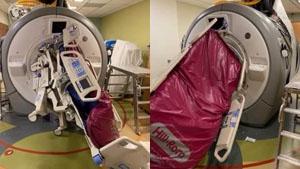
For more information : click here
Podcast regarding the accident : click here
Woman shot in buttocks by own gun during MRI appointment.

For more information : click here
Lawyer accidentally shot by own gun in MRI suite dies of his injuries
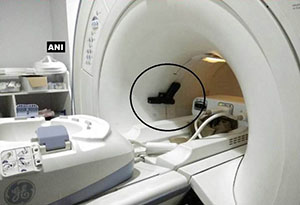
For more information : click here
Conventional Oxygen Cylinder brought into the MRI room in Bangladesh
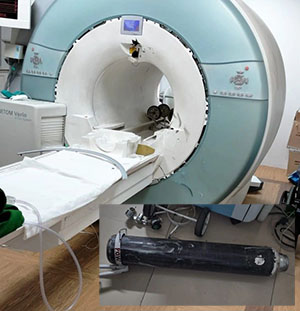
For more information : click here
Conventional (NOT MR Compatible) patient monitor was drawn to the MRI scanner, striking both an MRI technologist and the anesthesiologist (causing upper extremity injuries in both)
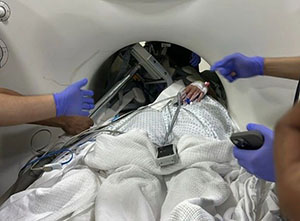
For more information : click here
Unsafe anesthesia apparatus flew into the bore of the magnet. Miraculously, this incident resulted in only minor injuries to one of the workers, but could have caused loss of lives of several people
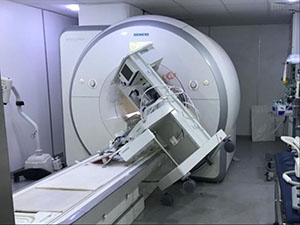
For more information : click here
Wheelchair labled MR Safe was NOT!
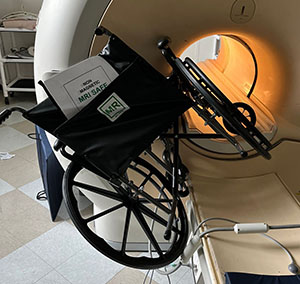
For more information : click here
One fine body...
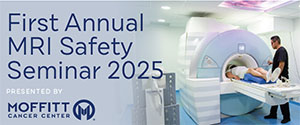
![]()
is a proud sponsor of this event!
Moffitt Cancer Center
July 12th 10:00 AM - 4:30 PM
For more information : click here

One fine body...

This MRiCast episode is sponsored by Kopp Development through an unrestricted educational grant.

William Faulkner & Associates provides a comprehensive MR facility safety audit along with both MR personnel training (both Level 1 and Level 2). The areas of focus include those specifically mentioned in the most recent ACR Guidance Document on MR Safety. The live training session for Level 2 personnel are approved for either 1 or 2 Hrs of Category A credit (time of the program is at the discretion of the facility).
To download Site Safety Audit Summary click here
Management of MRI Safety:
Understanding the Risks
(Presented during AHRA 2020)
To view the video click here

This series of educational programs on the vital topic of MRI safety was designed to address the needs of staff with specific roles in the MRI department and throughout the hospital or imaging center.
For more informationclick here

The only course targeted specifically at providing the education necessary to comfortably undertake the responsibilities of being an MR Medical Director/MR Safety Officer.
To download Brochureclick here
For more information visit: www.mrisafetycourse.com
Reduce violence in healthcare with non-invasive screening
The leading manufacturer of Ferromagnetic Detectors for MRI safety with 1000s of detectors installed worldwide introduces FerraSecure™ FOCUS for Healthcare. Detects instruments of violence such as knives, guns, maces, box cutters, razor blades, scissors, etc.....Find out more about this product